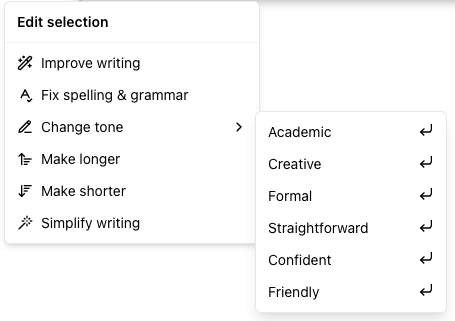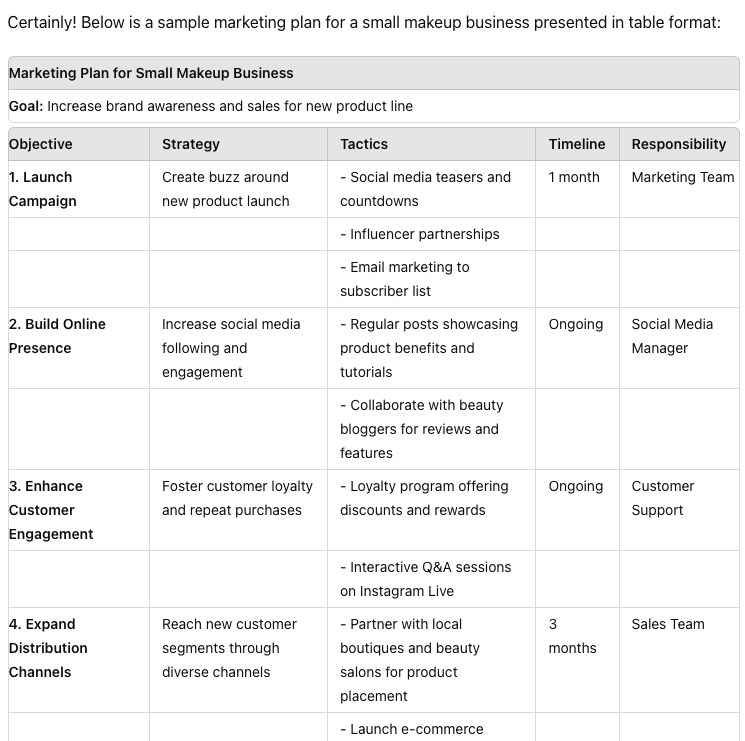Revealing AI Gatekept Secrets: Insider AI Features for College Students

Hey there, fellow students! Let’s kick things off with a tale of my struggles as a psychology major buried under mountains of mind-numbing readings. Seriously, those dense texts were like navigating a labyrinth without a map! It would take days just to make sense of one chapter, leaving me feeling like I’d barely scratched the surface.
But hold onto your textbooks, because AI has swooped in to save the day! Imagine my surprise when I discovered how AI is revolutionizing studying and reading. Seriously, where was this wizardry when I needed it most? Let me spill some well-kept secrets that could totally change your academic game.
1.) Ask AI about your readings and notes (Yes, that’s a thing now).
This is the first feature that had me reminiscing about all those readings I tackled. If I had known about this hidden gem earlier, I could’ve saved sooo much time! This AI feature basically allows you to upload YOUR own readings (pdf files are usually welcome), and allows you to ask AI, questions about it. This means being able to ask them questions such as:
- What does Freud’s theory mean, based on the reading?
- Can you summarize the reading’s most important parts?
- What are the 5 main purposes of the brain?
These AI tools aren’t just fancy gadgets; they’re your new study buddies, ready to dissect and distill complex information. Whether you’re a law student drowning in case law or a medical student lost in anatomy texts, AI is your lifeline. It cuts through academic fog like a sharp knife, boosting efficiency and building confidence with every query.
For instance, imagine a law student preparing for a constitutional law exam. By leveraging AI platforms, they can quickly analyze landmark cases, understand legal precedents, and summarize complex arguments. This not only saves hours of manual reading but also enhances their ability to grasp intricate legal concepts and prepare effectively for exams.
Similarly, a medical student grappling with voluminous anatomy textbooks can utilize AI to identify key anatomical structures, functions, and medical terminology. AI tools parse through dense information, providing concise summaries and visual aids that streamline study sessions and improve comprehension.
2.) You can change your tone of voice when writing.
Now, onto your writing game. Whether you’re penning a formal paper, shooting the breeze in a blog post, or nailing that convincing presentation style, AI’s got your back. It’s not just about spell-check anymore; these tools can tweak your tone, polish your prose, and basically make you sound like the academic rockstar you were meant to be.
Take Intellecs.ai for example. They’ve got this nifty feature where you can switch up your writing tone with a few clicks. Formal? Done. Casual? No sweat. Persuasive? Consider it done. It’s like having a writing coach who tailors your voice to match any audience. So next time you need to ace that essay or wow your class with a killer presentation, AI’s your secret weapon.

Imagine a scenario where a sociology student needs to write a research paper. With AI tools like Intellecs.ai, the student can draft sections in different tones to see which best suits their audience and purpose. For instance, they might use a formal tone for the introduction to establish credibility, switch to a more conversational tone in the body to engage readers, and conclude persuasively to drive their point home. This adaptability not only enhances the quality of their writing but also sharpens their communication skills across various platforms and audiences.
In a different context, consider an engineering student tasked with preparing a technical report for a project presentation. By utilizing AI tools such as Grammarly or Hemingway Editor, the student can refine their writing style to convey complex engineering concepts clearly and concisely. These AI-powered platforms analyze sentence structure, suggest vocabulary improvements, and ensure grammatical accuracy, enabling the student to craft professional-level documents that effectively communicate their research findings and recommendations.
3.) AI apps are sick and tired of your messy workspaces!
As someone who grew up with Google Docs and Microsoft Word, I was used to the traditional way of writing—following the standard formats these apps offered. But recently, as I started exploring new AI tools, I stumbled upon a game-changer: the ability to drag and drop text, and even add toggle features and checkboxes.
Growing up with Google Docs and Microsoft Word, I was used to their basic formats. But AI tools? They’re game-changers. Imagine dragging and dropping text like you’re rearranging furniture in a virtual room. Add toggles and checkboxes to keep track of ideas? It’s like Marie Kondo stepped into your laptop and sparked joy in your study routine.
For someone like me who thrives on structure (and despises clutter), this is pure gold. These features aren’t just about tidying up; they’re about making your workspace as efficient as your brain. Say goodbye to messy drafts and hello to organized brilliance.
Consider a case study involving a biology student juggling multiple research projects. Using AI-enhanced platforms like Google Docs with integrated organizational features, the student can seamlessly move between experimental data, literature reviews, and draft sections of their thesis. By utilizing AI-driven tools that allow for easy categorization, tagging, and search functionalities, the student not only maintains a clear overview of their research but also accelerates the writing process by eliminating the need for manual organization.
4. Being Strategic with AI-Powered Prompts
Here’s a pro tip: leverage AI to generate structured responses that yield outstanding results. Many AI tools allow you to input prompts and receive formatted outputs that can be incredibly useful for organizing complex tasks. For example, challenge yourself to create a marketing plan in table format using AI. By inputting prompts such as target audience demographics, marketing strategies, and budget allocations, AI can generate a visually appealing table that outlines your plan succinctly.
This strategic use of AI prompts extends beyond marketing plans. Think of it as a versatile tool for tackling diverse assignments, from outlining scientific experiments to organizing comparative analyses in literature reviews. By harnessing AI’s capacity to structure information effectively, you not only enhance clarity and coherence in your work but also demonstrate a methodical approach that impresses professors and peers alike.
Here's a sample created via ChatGPT where it was instructed to make a marketing plan using a table format to elaborate on the details:

- Real-World Impact: AI in Various Academic Disciplines
Let’s dive into real-world applications across different fields of study. Consider a law student grappling with extensive case files. AI-powered platforms enable them to upload documents, extract key insights, and generate summaries instantly. This not only expedites legal research but also enhances the student’s ability to analyze precedents and construct persuasive arguments.
Likewise, in the realm of medical education, AI assists students in navigating intricate anatomy textbooks. By parsing complex anatomical details and highlighting essential information, AI tools empower medical students to grasp physiological concepts efficiently and allocate more time to practical learning experiences.
Even in creative disciplines such as literature and history, AI contributes to research by identifying thematic patterns, suggesting connections between texts, and uncovering nuanced interpretations. This analytical support not only enriches scholarly investigations but also stimulates innovative approaches to academic inquiry.
Conclusion
Diving into the realm of AI as a college student reveals a treasure trove of hidden features that can revolutionize your academic journey. From querying AI about readings and notes, which streamlines study sessions like never before, to transforming your writing's tone effortlessly, these capabilities elevate your productivity and communication skills.
Moreover, AI's ability to tidy up messy workspaces signals a shift towards more organized and efficient study environments. It's clear that integrating these innovative tools into your routine not only enhances your efficiency but also empowers you to achieve more in less time.
Embrace these insider AI features—they're not just gimmicks but powerful tools that can propel you towards academic excellence and beyond. Stay curious, explore new possibilities, and let AI redefine how you learn and create in college and beyond.





